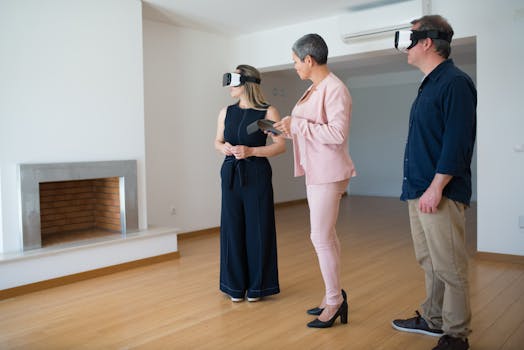
Smart Homes and Smart Living: The Technological Transformation of European Homes by 2025
Introduction to Smart Homes and Smart Living
Smart Homes and Smart Living: The Technological Transformation of European Homes by 2025 is revolutionizing the way we live, work, and interact with our living spaces. With the integration of smart technology, European homes are becoming more efficient, convenient, and sustainable. In this article, we will explore the current state of smart homes in Europe, the latest trends and innovations, and what we can expect by 2025.
Current State of Smart Homes in Europe
The concept of smart homes is not new, but it has gained significant traction in recent years. According to a report by the European Commission, the smart home market in Europe is expected to grow from €15.6 billion in 2020 to €35.8 billion by 2025. This growth is driven by the increasing demand for energy efficiency, convenience, and security. Many European countries, such as the UK, Germany, and France, have already adopted smart home technologies, with a focus on energy management, home automation, and security systems.
Latest Trends and Innovations in Smart Homes
Some of the latest trends and innovations in smart homes include the integration of artificial intelligence (AI), the Internet of Things (IoT), and voice assistants. AI-powered smart home devices can learn and adapt to a user’s behavior, preferences, and habits, making it possible to automate and optimize various tasks. The IoT enables seamless communication between devices, allowing for a more integrated and efficient smart home experience. Voice assistants, such as Amazon Alexa and Google Assistant, have become increasingly popular, allowing users to control their smart home devices with voice commands.
What to Expect by 2025
By 2025, we can expect significant advancements in smart home technology, with a greater emphasis on sustainability, energy efficiency, and user experience. Some of the key trends and innovations that we can expect include the widespread adoption of smart energy management systems, the integration of smart homes with electric vehicles, and the development of more sophisticated AI-powered smart home devices. Additionally, we can expect to see more focus on smart home security, with the use of advanced biometric authentication and encryption technologies.
Conclusion
In conclusion, the future of European homes is smart, efficient, and sustainable. With the integration of smart technology, we can expect to see significant advancements in energy efficiency, convenience, and security. As we look to 2025, it is clear that smart homes and smart living will play a major role in shaping the way we live, work, and interact with our living spaces.






